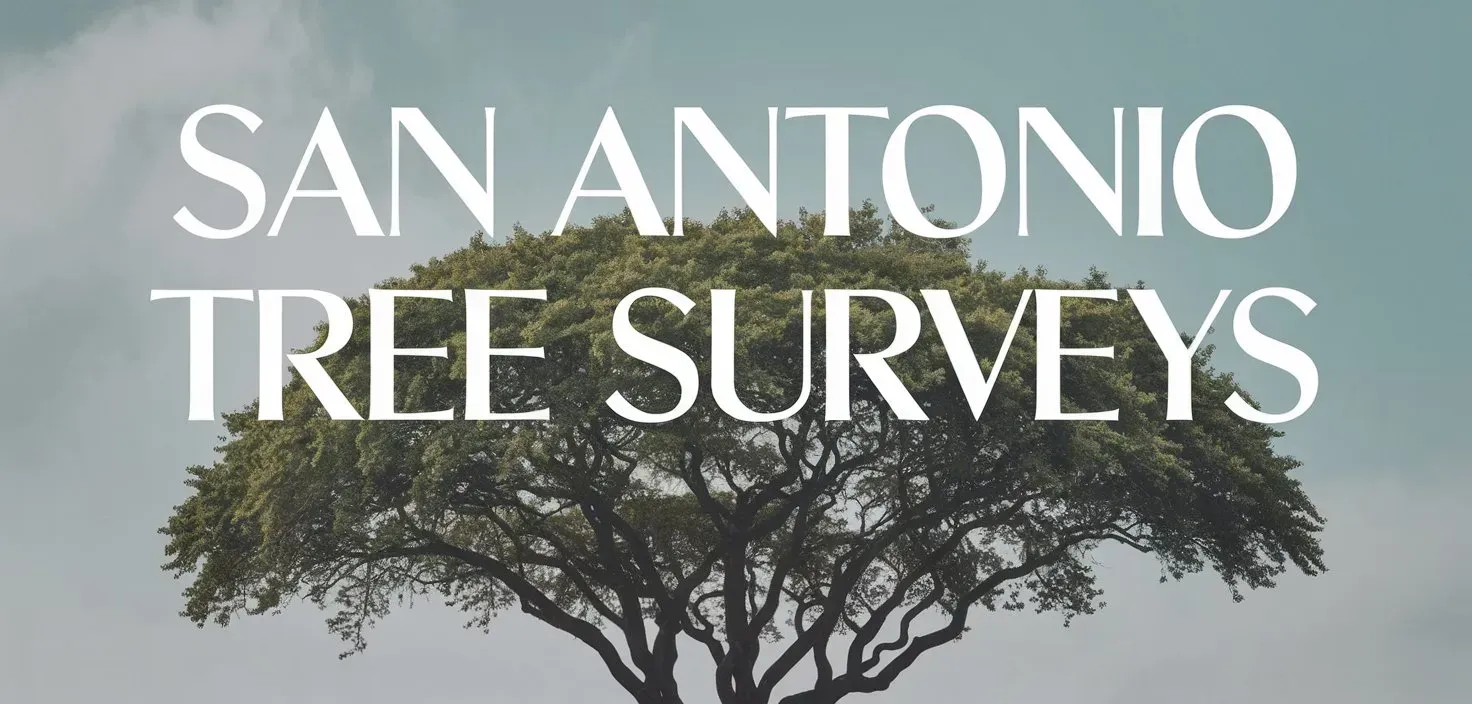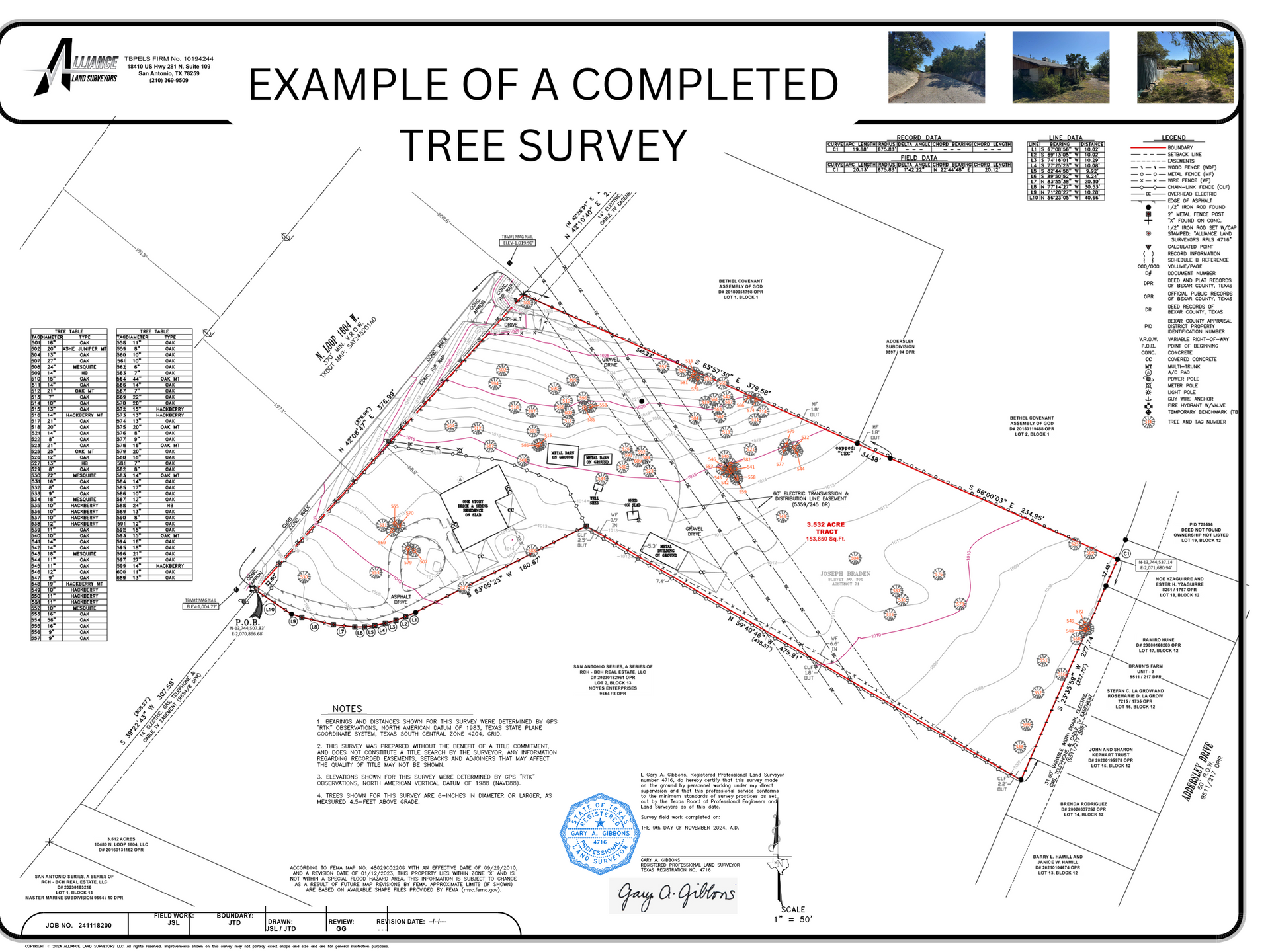What Exactly is a Tree Survey, and Why is it Important?
A tree survey is a professional assessment conducted to evaluate the trees on a property. This process involves collecting detailed information about the location, size, species, and health of each tree. Tree surveys are critical for understanding how trees interact with the environment, the surrounding landscape, and planned development projects. They help ensure compliance with local environmental regulations and preserve valuable natural resources.
When Should I Consider Getting a Tree Survey Done?
You should consider a tree survey in several scenarios. If you are planning a construction or development project, a tree survey can help identify trees that need to be preserved or removed. If you're managing a large piece of land or a property with significant tree coverage, a survey can assist with creating a land management plan. Additionally, municipalities or homeowners looking to ensure compliance with tree preservation ordinances should also prioritize tree surveys to avoid potential fines or legal issues.
How Much Will a Tree Survey Typically Cost, and What Affects the Price?
The base cost of a tree survey starts at $400. However, the total cost can vary depending on the scope of the project. Factors that influence the price include the number of trees surveyed, the complexity of the site, and how accessible the property is. For example, heavily wooded or difficult-to-reach areas may require more time and specialized equipment, which can increase the overall cost.
What Information is Collected About Each Tree?
During a tree survey, detailed data is collected for each tree on the property. This includes the species or type of tree, the diameter of its trunk, the "drip ring," its overall health, and its exact location. The drip ring refers to the area directly beneath the outermost edge of the tree's canopy, where water drips off the leaves during rain. This information is critical for understanding the tree’s impact on the surrounding environment and planning land use accordingly.
What Happens During the Tree Survey Process?
When conducting a tree survey, a professional surveyor will visit the property to gather data about the trees. This includes identifying the species of each tree, measuring their size (diameter and height), evaluating their health and condition, and mapping their exact location using advanced tools like GPS. If requested, we can tag trees with non-harmful tags and numbers. These tags correspond to maps and tables we create, providing an invaluable reference for future planning and land management.
Why Would I Need a Tree Survey, and How Can It Benefit Me?
There are many reasons to consider a tree survey. For developers, a tree survey ensures compliance with local regulations, helping to avoid costly delays or fines. Homeowners and land managers can use a tree survey to preserve the ecological value of their property and make informed decisions about land use. Tree surveys are also invaluable for creating detailed landscaping plans and conserving significant trees for aesthetic or environmental purposes.
For detailed information on tree preservation requirements in San Antonio, please visit the City of San Antonio Development Services Tree Preservation page.



